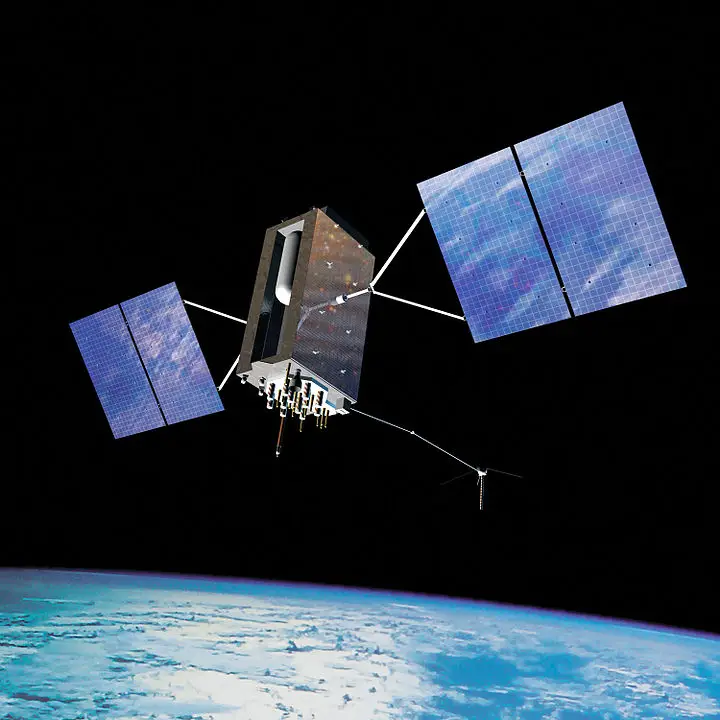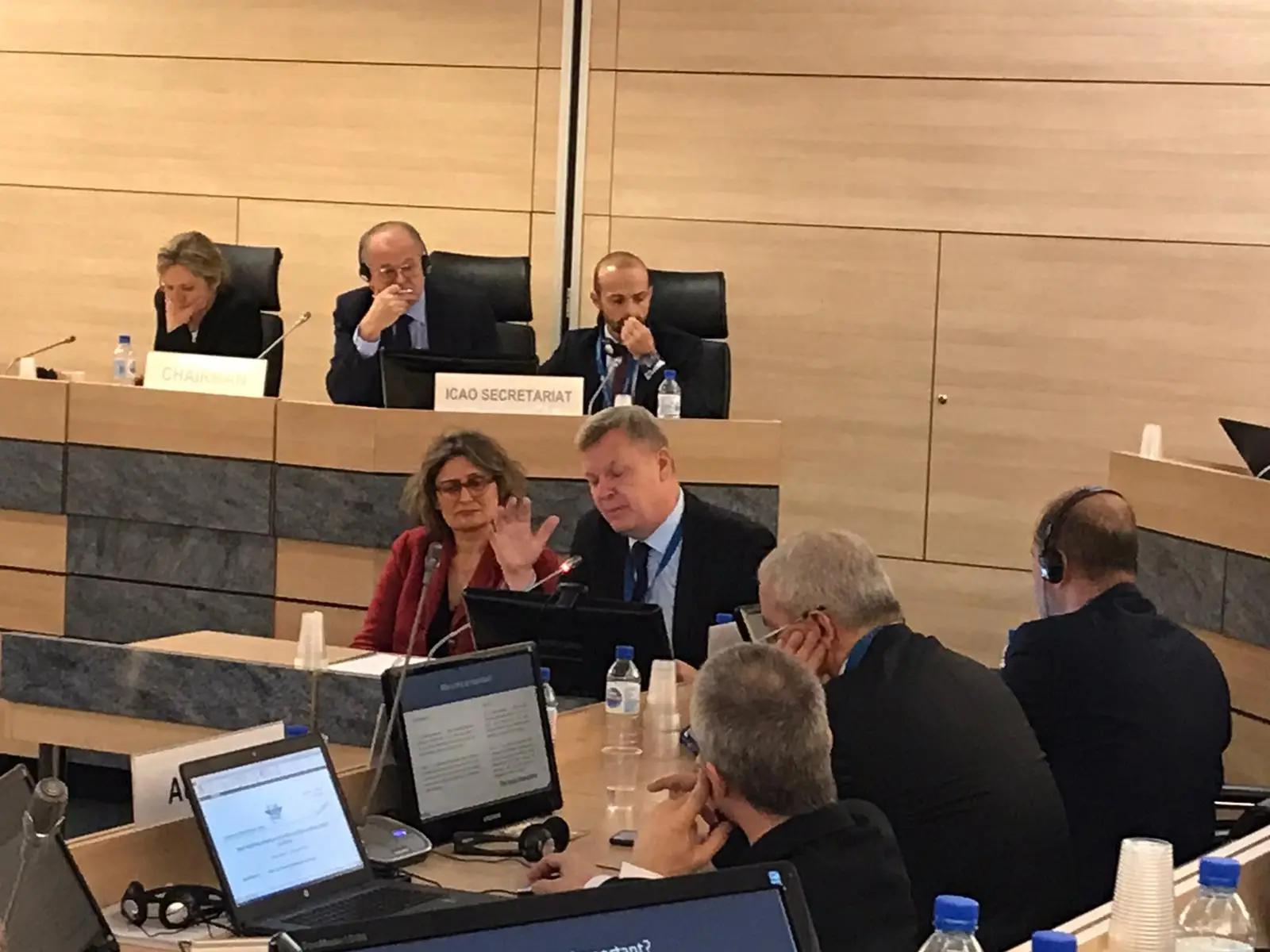
Joint Position Paper
NOTE
This paper supersedes IFALPA’s 23POS25, Disruption of Satellite-Based Signals
BACKGROUND
Modern air traffic relies heavily on the internal accuracy of aircraft systems and the aircraft’s ability to monitor its own reliability. Satellite-based Communication, Navigation and Surveillance (CNS) services have been playing a growing part in the overall ATM system and aircraft are becoming more reliant on space-based signals.
The accuracy achieved by these signals enables aircraft to perform instrument procedures without the need to rely on ground-based navigational aids, facilitates the reduction of separation by ATC, and helps optimize airspace capacity. Many aircraft navigation and warning systems rely heavily on accurate position.
In recent years, however, thousands of occurrences of partial or complete loss of these signals have been reported by pilots in different regions, with interruptions generally lasting 10 to 20 minutes.
REASONS FOR SIGNAL LOSS
Satellite signals are, by nature, very weak when they arrive at the receiver. Making them vulnerable to interference, whether natural or artificial. This interference can be intentional (such as jamming and spoofing) or unintentional (such as equipment malfunctions).
In some cases, en-route signal interference has been linked to military operations but increasingly, non-military sources are contributing to GNSS disruptions. There has been a sharp increase in the proliferation of interference-capable equipment including incorrectly operated Global Navigation Satellite Systems (GNSS) repeaters, miss-operated test equipment, and the foreseeable proliferation of sophisticated jamming and spoofing devices in the future.
Personal Privacy Devices (PPDs) for example, designed to jam GNSS signals around them, can also interfere with aircraft or airport Ground-Based Augmentation System (GBAS) and ADS-B ground stations at close distance.
INTERNATIONAL RECOGNITION OF THE PROBLEM
These very serious concerns were raised once again at the 41st Session of the ICAO Assembly through 3 different papers:
WP/97, presented by Czechia, provided information on a growing number of occurrences of GNSS interference and called for further action. This paper led to the adoption of ICAO Assembly Resolution 41-8C on “Ensuring the resilience of ICAO CNS/ATM systems and services.”
WP/196, presented by the UAE, expressed strong concerns regarding ongoing harmful interference to GNSS and invited the Assembly to urge States to adopt and implement measures to manage and reduce the impacts of such anomalies, as suggested in the ICAO Doc 9849, the GNSS Manual.
WP/198, presented by Japan, reported on activities aiming to mitigate GNSS vulnerabilities and stressed the importance of monitoring and reporting GNSS interference, and maintaining air navigation services to the maximum extent possible, in the event of a GNSS signal outage.
ECA, FSF, IFALPA and IFATCA fully concur with the concerns expressed in these three WPs and support the recommended actions. Additional concerns were raised during the 14th ICAO Air Navigation Conference (AN-Conf 14) through 8 different papers, including:
WP/78, presented by IATA, IFATCA, ICCAIA, IFALPA, IFATSEA and IBAC, which addressed the need for contingency planning in respect of GNSS outages.
WP/76, presented by IATA, IBAC, ICCAIA, IFALPA, IFATCA and IFATSEA and WP-118 presented by Singapore and co-sponsored by FSF, which addressed concerns related to GNSS RFI and reflected the need to consider its impact on different Regions with different operating environments, and ensuring that any Standards, Recommendations, or Guidance are developed accordingly.
POSITION
ECA, FSF, IFALPA, and IFATCA believe that the following aspects should be addressed as a matter of urgency:
- States should establish the necessary legal framework and act upon harmful GNSS interferences caused by illegal transmitters, jamming/spoofing devices, and other sources of electromagnetic radiation, and avoid their commercialisation, proliferation, and use.
- States should assess the interference risks associated with conflict zones and consider that satellite-based CNS systems can potentially be impacted well beyond those zones. A civil military coordination should facilitate the sharing of relevant information with airspace users either during civil or military testing and/or other activities, or when flying in the vicinity of a conflict zone.
- As resilience measure, fuel planning should take signal outage into consideration. Approach procedures to destination and alternate should not depend solely on GNSS.
- GNSS signal interference (whether intentional or unintentional) can occur at any time, with or without prior notice. GNSS resiliency should be improved through a combination of measures such as:
- Independent networks based on ground and/or airborne components.
- Appropriate interference protection, detection, mitigation, and reporting capabilities such as Multi-Mode Receivers (GPS/GLONASS/Galileo…) for both the on-board equipment and the ground segments of the satellite- based systems.
- A review or development by ATS Units and Operators of capabilities to mitigate safety hazards from GNSS signal disruptions.
- Future systems in civil aviation should ensure a more robust system architecture, using state-of-the-art Cyber-security measures.
NOTE
For the effects of GNSS interference on aircraft and mitigation measures, see 23ADOBL01, Manipulated GNSS Signals.








